Terra Luna Report by Jesse
Bitcoin reaches a new all-time high this week and it still feels like the beginning of what's to come. Lots of people taking some well-deserved profits from holding through the crypto winter. With most of us expecting those gains to move into the low/mid cap coins over the coming months. One of those coins with the potential to possibly enjoy this process is Terra Protocol.
Introduction
The goal at Terra Protocol is to repair an inefficient payment industry by introducing a more efficient means of payment. Within the current infrastructure, payments from one party to another using different currencies can take up to ten business days for processing. This unnecessary lag has slowed the adoption of digital payments, especially in Southeast Asia where middlemen gouge users and vendors with high fees and take home more than $15 billion dollars a year. Since the value of a currency as a medium of exchange is driven by its network effects, a new digital currency would need to maximize adoption to become useful. Nobody wants to pay with a currency that has the potential to double in value in a few days or wants to be paid in a currency if its value can decrease before the transaction is settled. At the core of how Terra Protocol wants to solve these issues is the idea that a cryptocurrency with an elastic monetary policy would maintain a stable price. Retaining all the censorship resistance of Bitcoin, and making it viable for use in everyday transactions. Terra Protocol wants to offer strong incentives for users to join the network with an efficient fiscal spending regime, managed by a Treasury, where many stimulus programs compete for financing. One where proposals from community participants

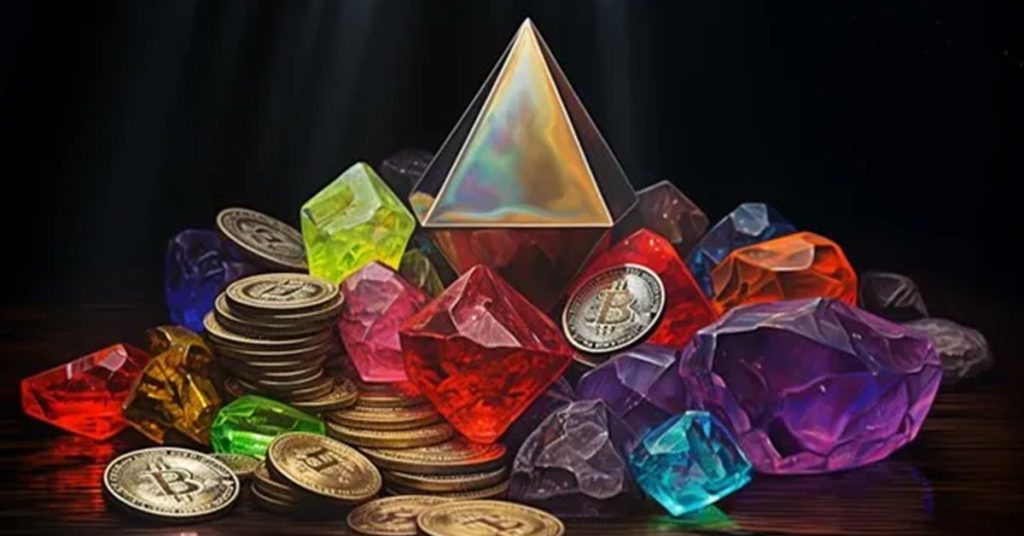
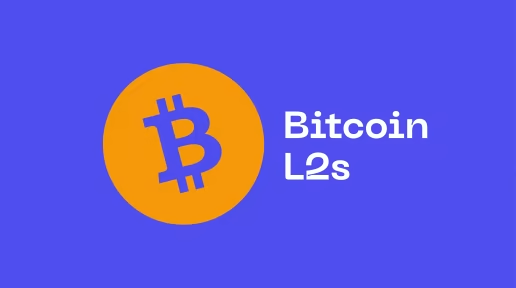
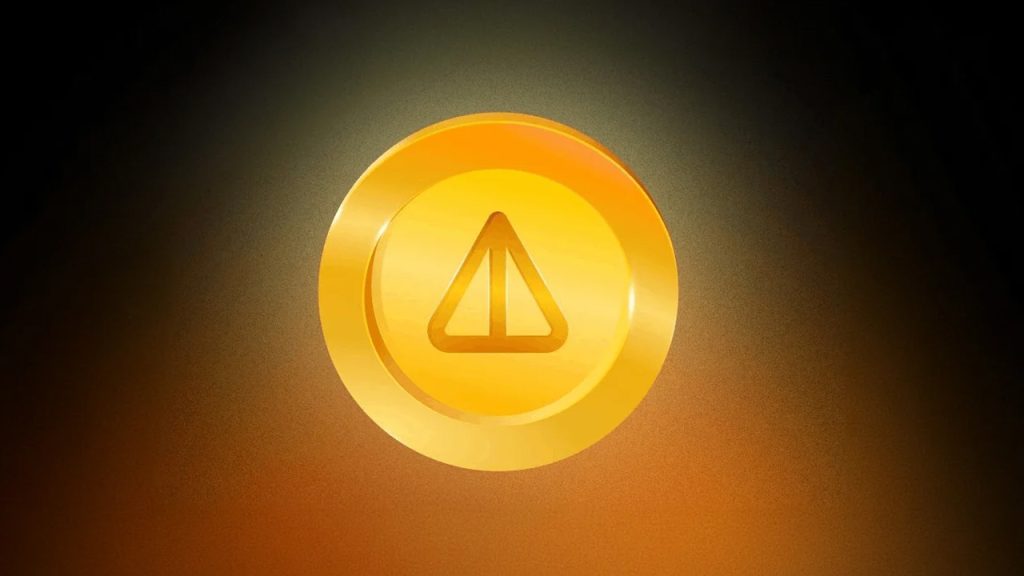

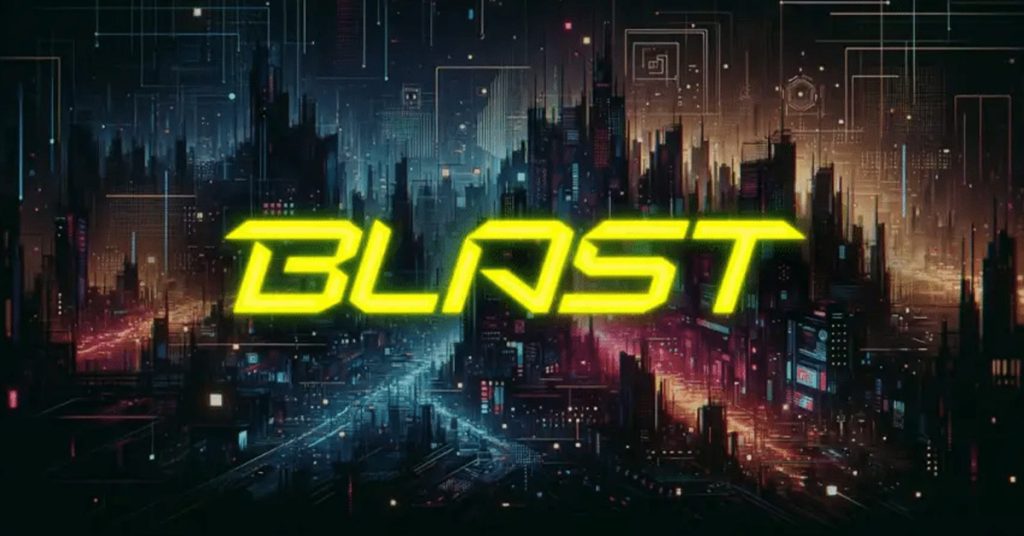
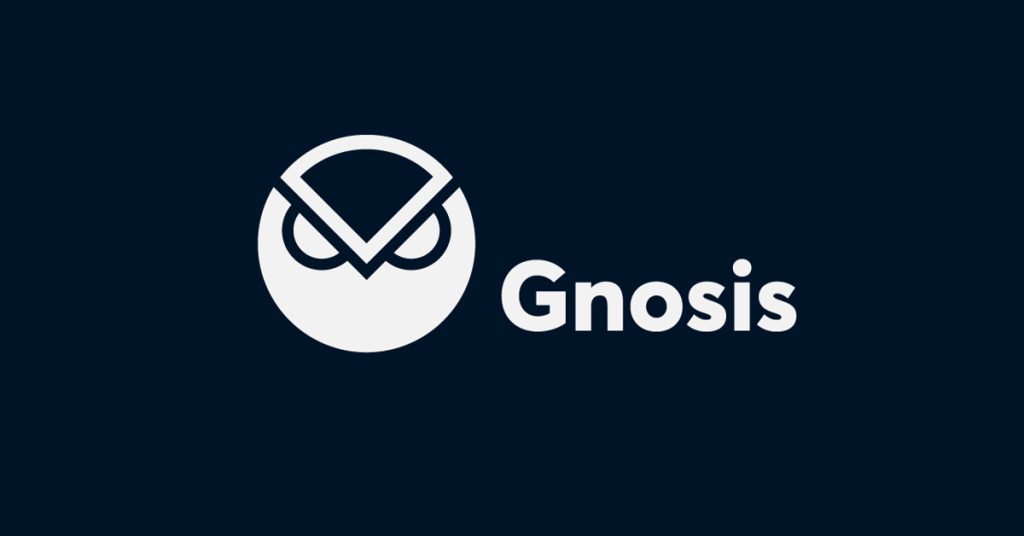



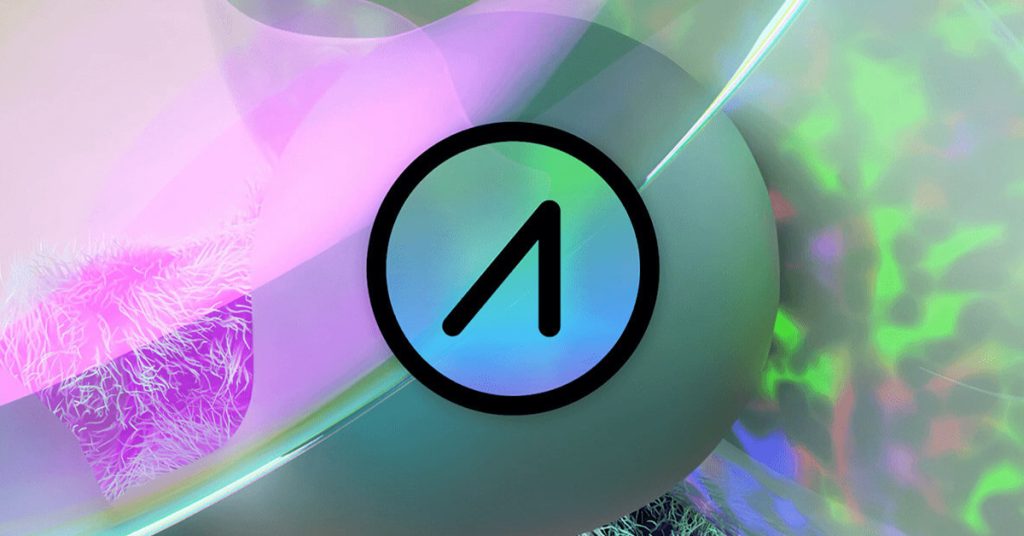
Responses